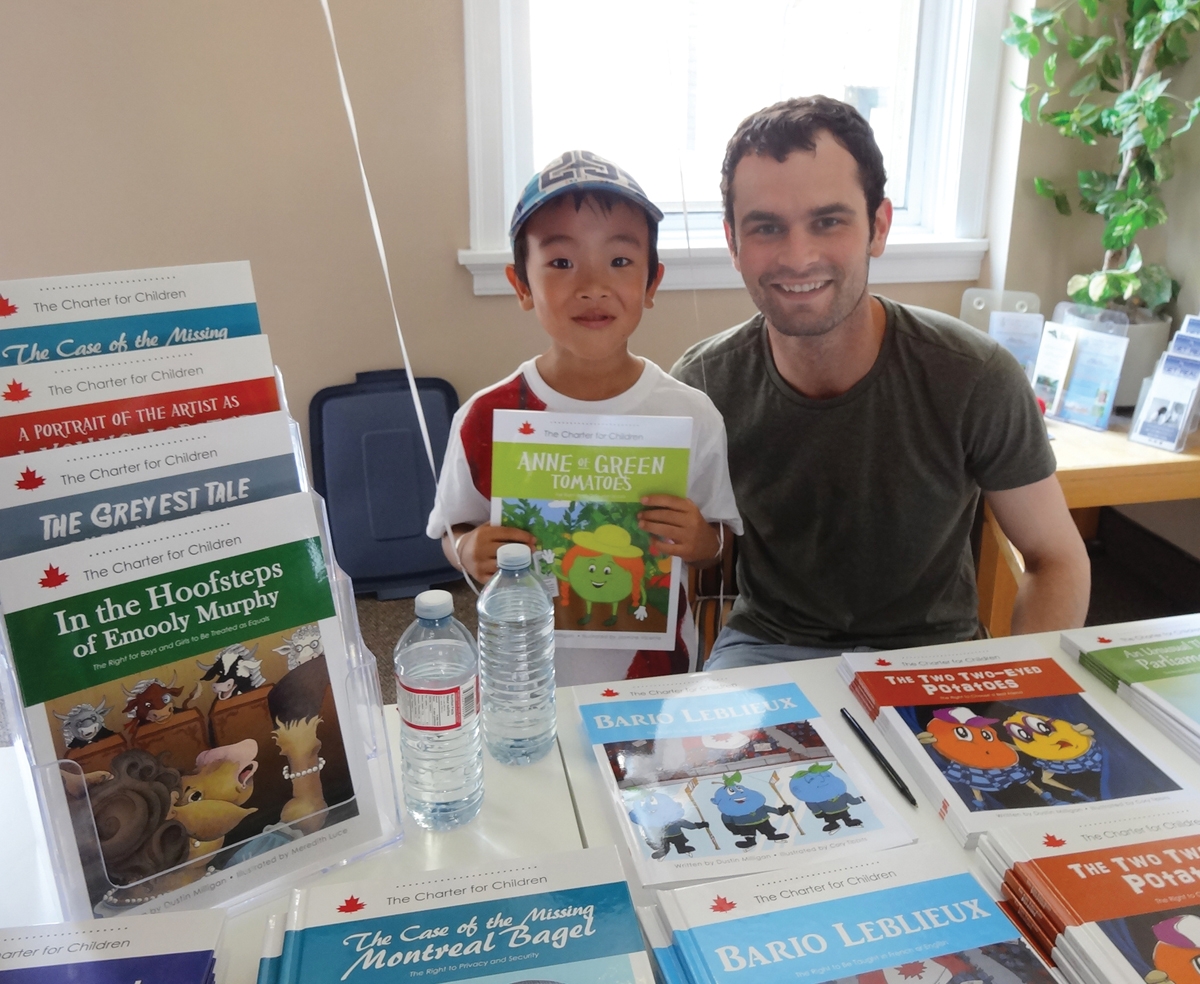
The value of a hands-on bachelor’s degree
By Nobina Robinson
In late November, Statistics Canada kicked off the holiday season with a data drop. As part of the dissemination of 2016 Census data, they released their comprehensive reports on education, covering a wide range of topics, including overall education attainment and the skills mismatches and earnings potential of bachelor’s degree graduates in Canada.
Among many notable data points, StatsCan reported that in 2016, 54 per cent of Canadians aged 25 to 64 had either college or university qualifications. Canada continues to rank first among the Organisation for Economic Co-operation and Development (OECD) in the proportion of college and university graduates. That’s good news.
However, despite our high level of qualifications, a consensus is also forming that those looking to enter, or re-enter, the workforce in Canada will, nevertheless, face challenging labour market conditions in the coming years. Skills mismatches, automation, displacement, underemployment, unemployment and over-qualification are all top of mind for policymakers, high school leavers, recent graduates and employers alike.
In fact, the over-qualification rate for bachelor’s degree holders exceeds 20 per cent in several fields of study, according to Statistics Canada. So, how can we ensure that graduating with a bachelor’s degree is complemented by successful navigation of the labour market?
One way is to realize that not all bachelors’ degrees are the same – many are general and theory-based but some are applied, connecting knowledge and know-how. Even more important, we need to realize that universities are not the only higher education institutions that offer bachelor’s degrees.
Degree-granting colleges, and all of Canada’s Polytechnics, offer over 180 stand-alone bachelor’s degrees which are publicly-funded, have the full quality assurance of the provincial education authorities and build important workplace skills.
So how are they different?
They are applied in nature, directly linking learning to career preparation; they constitute an outcomes-based, market-driven education. The purpose is to meet specific current and future workforce needs.
At a polytechnic, for example, the curriculum reflects labour market demands through the guidance of Program Advisory Committees (PACs). Comprised of employers, practitioners and recent graduates, the committees identify current and future industry trends and shifts in the skills graduates need to meet employer demands. PACs also assess the effectiveness of existing programs and actively participate in the development of new programs.
At Conestoga College, for example, the Bachelor of Public Relations (Honours) program’s PAC consists of businesses that have a stake in developing local talent, including organizations such as the Centre for International Governance Innovation; Communitech; OpenText and Grand River Hospital. Committees such as the one at Conestoga ensure that programs are up-to-date and are preparing graduates with the skills required to successfully transition into the labour market.
There is also a difference in who teaches bachelor’s degree courses at Polytechnics. Skilled practitioners in their field of study prepare the students, not lifelong academics. They are experienced industry leaders and subject matter experts, such as Neil Cox at the British Columbia Institute of Technology.
Neil is the Program Head for the Bachelor of Electrical Engineering and teaches several courses in the program. He had previously worked in the industry for over two decades, focusing on thecommercialization of digital signal processing and communications systems. Neil has also founded a telecommunications product development company.
Neil’s teaching philosophy is based on helping students answer the question, "why?” He encourages his students to go beyond memorizing and solving equations and to really understand the problems that companies face.
The learning-by-doing model of education also means that Polytechnic students deepen their knowledge gained in workplace settings. Work-integrated learning is an important component. Of the 183 stand-alone bachelor’s degree offered by the 13 members of Polytechnics Canada, over two-thirds have a work integrated learning component such as professional practice, field experience or co-op placement.
For example, in George Brown College’s Honours Bachelor of Technology (Construction Management) program, students are provided with one field placement semester. During their field placement, students practice team-building, managing and tracking project resources, analyzing project performance, preparing technical proposals and reports and improving their construction project management skills – all in an environment similar to the one in which they will eventually work.
A similar opportunity exists for students at Sheridan enrolled in the Honours Bachelor of Animation. After their third year, students gain professional experience during a three-month work placement. At Sheridan’s annual Industry Day, employers fly in from across North America to meet the students, view their work and conduct interviews on-site.
It is work-integrated learning opportunities such as these that contribute to strong graduate employment outcomes. The graduate employment rate for bachelor’s degree holders from Polytechnics Canada’s members was 91 per cent in 2015-16.
Census data releases, such as the latest on education, will be the evidence used to guide education and labour market policy in Canada moving forward. So while we celebrate the success of degree attainment, we must differentiate and harness programs that have a positive impact on the labour market too. Some degrees do make a difference.
Nobina Robinson is the Chief Executive Officer of Polytechnics Canada, a national association representing the leading polytechnics and colleges in Canada.












